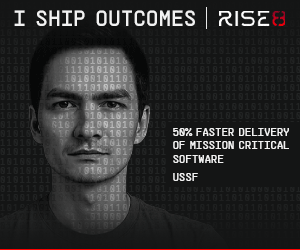The Air Force needs the help of scientists to find the “leap ahead” technologies that will give the service a greater edge at a time when it’s shrinking and adversaries are quickly catching up, said Vice Chief of Staff Gen. Larry Spencer on Tuesday. Addressing members of the Air Force Scientific Advisory Board in Arlington, Va., Spencer said the Air Force requires technologies that cause its adversaries to ask, “Where did that come from?” and to compel them to start a decade-long—or longer—effort to achieve parity. The Air Force is on a path to 49 fighter squadrons, he said, noting that in Desert Storm, the service deployed 33 fighter squadrons. “The same airplanes” are in service today, he said. “They’re old,” and there won’t be enough left over for a second war, should it come to that, he said. The Air Force can’t afford to “do the things we’re accustomed to” with large fleets of airplanes, said Spencer, but must win with smaller, less costly, and far more-capable forces. “Help us to think differently,” he said. Spencer also said the technologies now being discussed aren’t far-flung science fiction, but rather things “we are going to use,” such as fused, multi-source data presented as imagery on contact lenses. This would allow operators to “see through buildings,” but it’s essential the data creating the presentation aren’t hacked, he said.
Boeing received a $2.47 billion Air Force contract Nov. 25 for 15 more KC-46s, bringing to 183 the number of Pegasus tankers on contract to all customers, foreign and domestic. The new contract—for Lot 12 of the initially planned KC-46 buy—is to be completed by 2029.



